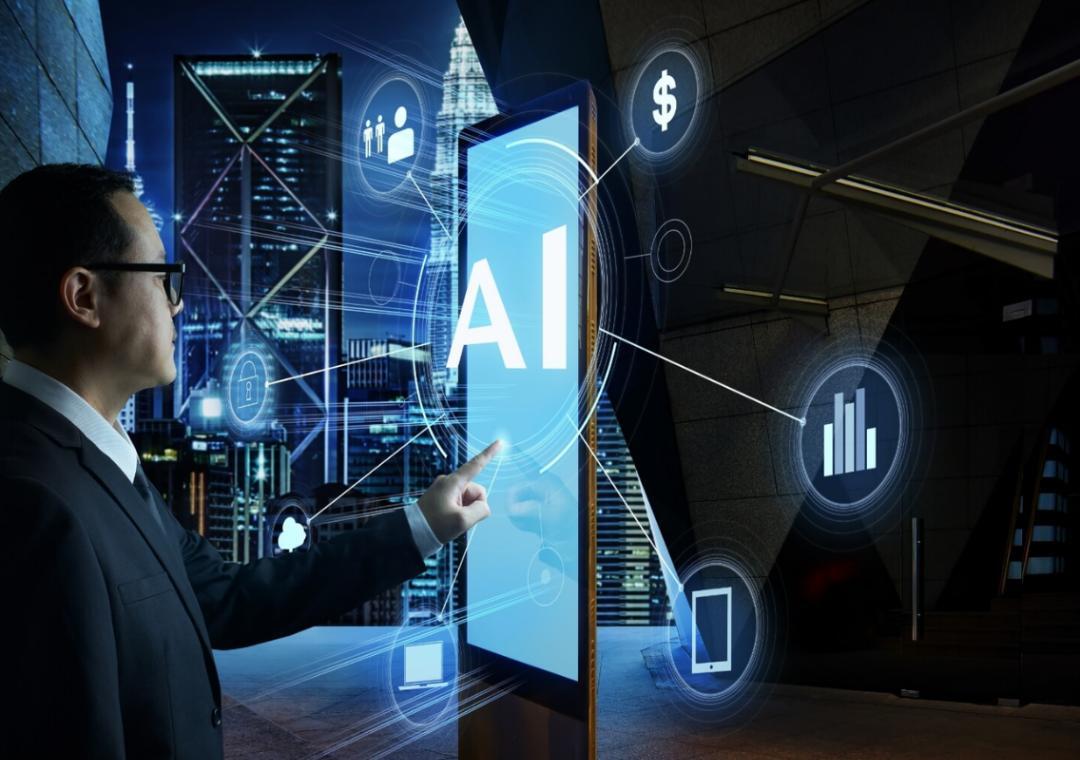
AI & ML now power over 77% of business processes
The world has changed dramatically over the past decade. Gone are the days when Artificial Intelligence (AI) and Machine Learning (ML) were futuristic concepts relegated to the realm of science fiction. Today, these technologies are no longer novelties, but operational essentials for businesses looking to stay competitive in a digital-first world.
Recent studies have revealed that a staggering 77% of enterprises now use AI and ML to improve productivity, reduce costs, and personalize user experiences. This represents a significant shift in the way businesses operate, and one that is no longer optional, but fundamental to survival.
So, what exactly is AI and ML, and why is it so important for businesses?
What is AI and ML?
Artificial Intelligence refers to the development of computer systems that can perform tasks that would typically require human intelligence, such as learning, problem-solving, and decision-making. Machine Learning, on the other hand, is a subset of AI that enables systems to learn from data and improve their performance over time.
In simple terms, AI is the ability of a machine to perform tasks that would normally require human intelligence, while ML is the ability of a machine to learn from data and improve its performance without being explicitly programmed.
How is AI and ML important for businesses?
The importance of AI and ML for businesses cannot be overstated. Here are just a few ways in which these technologies are transforming the way companies operate:
- Automation: AI and ML can automate routine, repetitive tasks, freeing up human employees to focus on higher-value activities that require creativity, empathy, and problem-solving skills.
- Personalization: AI-powered systems can analyze customer data and behavior, enabling businesses to offer personalized products, services, and experiences that drive loyalty and retention.
- Predictive Analytics: ML algorithms can analyze large datasets to identify patterns and predict future outcomes, enabling businesses to make data-driven decisions and reduce the risk of costly mistakes.
- Real-time Fraud Detection: AI-powered systems can detect fraudulent activity in real-time, reducing the risk of financial losses and improving customer trust.
- Customer Support: AI-powered chatbots can provide 24/7 customer support, answering common questions and free up human support agents to focus on complex issues.
Examples of AI and ML in action
The adoption of AI and ML is not limited to any particular industry or sector. Here are just a few examples of how these technologies are being used in different contexts:
- Healthcare: AI-powered systems are being used to analyze medical images, diagnose diseases, and develop personalized treatment plans.
- Finance: ML algorithms are being used to detect fraudulent activity, optimize trading strategies, and provide personalized investment recommendations.
- Retail: AI-powered systems are being used to analyze customer behavior, personalize product recommendations, and optimize supply chain logistics.
- Manufacturing: AI-powered systems are being used to monitor production lines, predict maintenance needs, and optimize quality control processes.
The future of AI and ML
As AI and ML continue to evolve, we can expect to see even more innovative applications of these technologies. Some of the areas that are likely to see significant growth in the coming years include:
- Edge AI: The use of AI at the edge of the network, closer to the source of the data, to improve real-time decision-making and reduce latency.
- Explainable AI: The development of AI systems that can provide clear explanations for their decisions and actions, to improve transparency and trust.
- Human-AI Collaboration: The use of AI to augment human capabilities, rather than replace them, to improve productivity and decision-making.
Conclusion
The adoption of AI and ML is no longer a question of whether, but when. As these technologies continue to evolve and improve, we can expect to see even more innovative applications across a wide range of industries and sectors.
For businesses, the shift to AI and ML is not optional; it’s fundamental to staying competitive in a digital-first world. By embracing these technologies, companies can improve productivity, reduce costs, and personalize user experiences, giving them a critical edge in the market.
Source
For more information on AI and ML, and how they are transforming the way businesses operate, please visit: https://www.growthjockey.com/blogs/what-is-ai-and-ml-how-is-it-important






